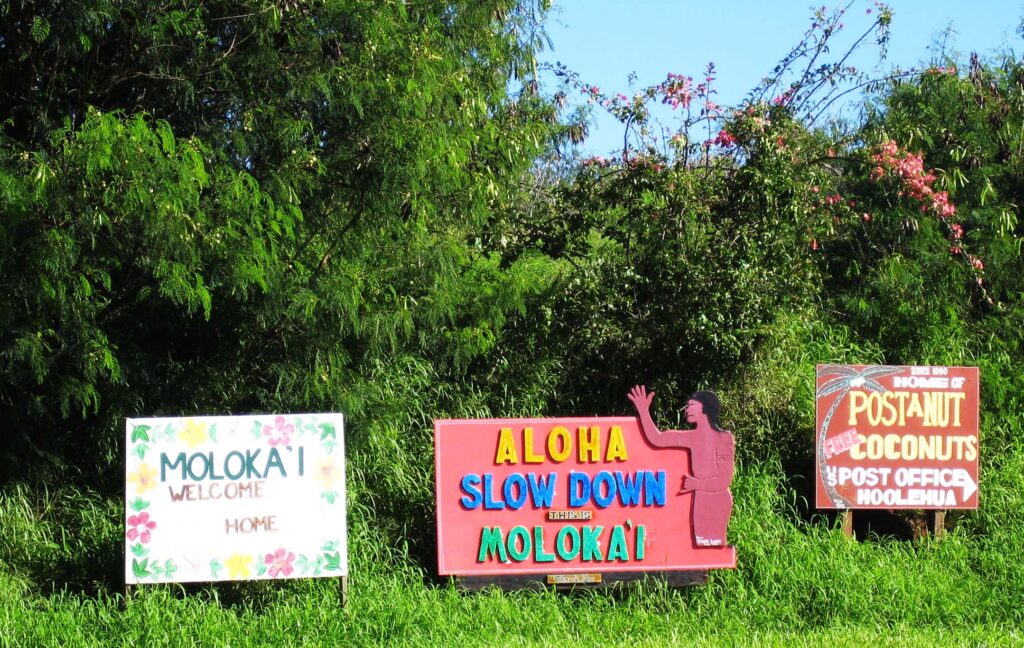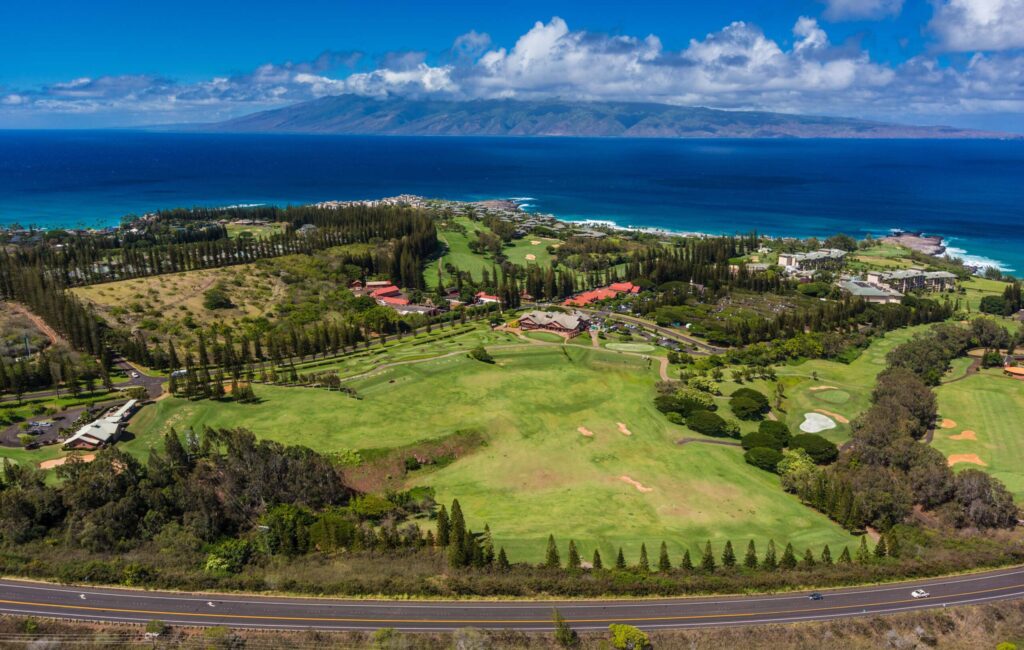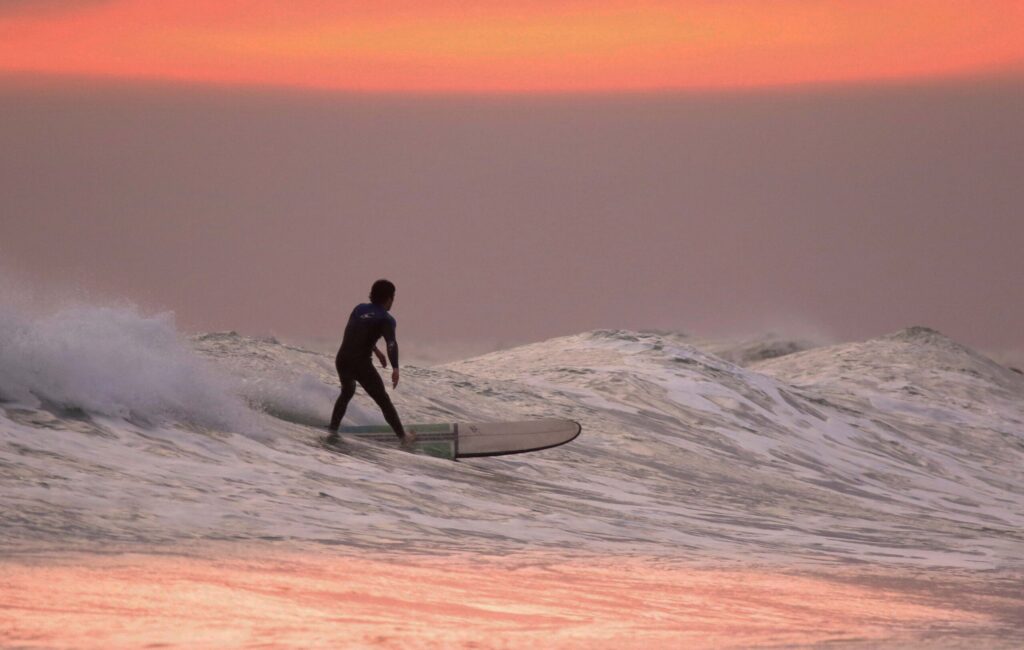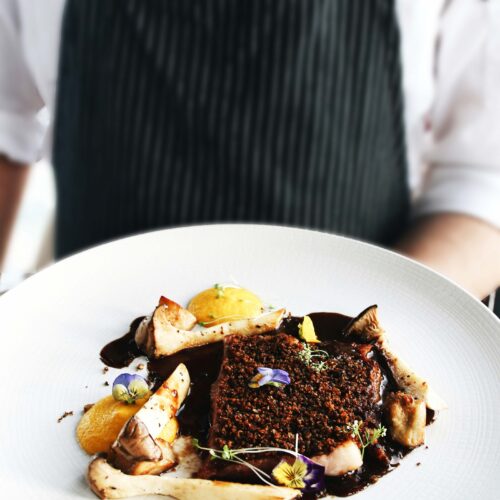Immerse Yourself in Timeless Culture, Untouched Landscapes, and the Warm Aloha Spirit of Hawaii
Welcome to the tranquil paradise of Molokai, Hawaii, where the essence of traditional Hawaiian culture and untouched natural beauty converge to create a unique and enriching experience. As you journey across this idyllic island, you’ll discover many captivating sights and activities that showcase Molokai’s rich history, lush landscapes, and warm hospitality. From the historic Kalaupapa National Historical Park to the expansive Papohaku Beach, each destination invites you to immerse yourself in the serene charm that defines Molokai.
Whether you’re exploring cultural landmarks, indulging in local delicacies, or simply basking in the breathtaking scenery, Molokai offers a respite from the hustle and bustle, inviting you to savor the authentic essence of Hawaiian life and gem of the Pacific.
Molokai, Hawaii offers a unique and tranquil experience. Here’s a list of things to see and do on the island:

- Papohaku Beach: Relax on one of Hawaii’s largest white sand beaches, known for its stunning sunsets and serene atmosphere.
- Kalaupapa National Historical Park: Explore the historic Kalaupapa Peninsula, where you can learn about the history of the leprosy settlement and its residents.
- Halawa Valley: Hike through the lush Halawa Valley to discover waterfalls and enjoy the natural beauty of Molokai.
- Kaunakakai Town: Visit the charming main town on the island, where you can explore local shops, try traditional Hawaiian cuisine, and interact with friendly locals.
- Molokai Plumeria Farm: Take a tour of a plumeria farm to see the beautiful flowers and learn about their significance in Hawaiian culture.
- Purdy’s Natural Macadamia Nut Farm: Experience a guided tour of a macadamia nut farm, including fresh nuts and product tastings.
- Molokai Coffee Plantation: If you’re a coffee enthusiast, visit a coffee plantation to learn about the cultivation and production of Molokai coffee.

- Kapuaiwa Coconut Grove: Stroll through this historic coconut grove, planted in the 1860s, and enjoy the shade of the tall coconut palms.
- Molokai Museum and Cultural Center: Learn about the island’s history, culture, and traditions at this museum, which features exhibits and artifacts.
- Fishponds of Molokai: Discover ancient Hawaiian fishponds, such as the Keawanui Fishpond, and learn about traditional aquaculture practices.
- Molokai Forest Reserve: Embark on nature hikes through the Molokai Forest Reserve, where you can encounter diverse flora and fauna.
- Snorkeling at Dixie Maru Beach: Explore the underwater world by snorkeling at Dixie Maru Beach, known for its clear waters and marine life.
- Molokai Hot Bread: Don’t miss the famous “Molokai Hot Bread,” a local bakery known for its delicious and freshly baked bread.
- Horseback Riding: Experience Molokai’s landscapes on horseback with guided tours that take you through scenic trails.
- Cultural Events: Check for local events, hula performances, and festivals to immerse yourself in Molokai’s rich cultural traditions.

Did you know?
One lesser-known fact about this Hawaiian island is its commitment to maintaining a slow pace of life and preserving its natural environment. The island has actively resisted large-scale tourism and commercial development, striving to protect its unique culture and ecosystems.
The islands’s residents, known for their strong sense of community, have collectively worked to limit the impact of modernization, fostering a genuine and untouched atmosphere that sets it apart from more bustling Hawaiian destinations. This intentional preservation adds an extra layer of authenticity to the visitor experience, allowing travelers to connect with the island’s spirit in a way that goes beyond the usual tourist attractions.
A little history:
Molokai’s history is deeply rooted in the ancient traditions of the Hawaiian people. Inhabited for centuries, the island served as a haven for Hawaiians who sought a simpler, more secluded way of life. The land was cultivated for sustenance, with taro fields and fishponds reflecting the ingenuity of early Hawaiians in adapting to their environment.
In the 19th century, it gained historical significance by establishing the Kalaupapa Peninsula as a leprosy settlement. Despite the challenges faced by its residents, this period shaped the island’s history and fostered a resilient community spirit.

Over the years, this special island has actively preserved its cultural heritage and resisted large-scale development, maintaining a distinct character that attracts visitors seeking an authentic and unspoiled Hawaiian experience.
Where to Stay:
Hotel Molokai: Located on Kamiloloa Beach, this small hotel offers a rustic and charming atmosphere with traditional Polynesian-inspired architecture. The oceanfront setting and lush surroundings provide a peaceful retreat.
Molokai Shores: Situated in Kaunakakai, this place offers condominium-style accommodations with fully equipped kitchens and ocean views. The property features a pool, barbecue areas, and a convenient location close to town.
Wavecrest Resort: Nestled on the island’s east end, Wavecrest Resort boasts well-appointed condos with oceanfront views. The resort features tropical gardens, a pool, and tennis courts, providing a tranquil escape.
Paniolo Hale Condominiums: Located near the famous Papohaku Beach, Paniolo Hale offers spacious condos with kitchen facilities. Lush gardens surround the property, making it a great option for those seeking a quiet and secluded stay.

Vacation Properties: Consider renting a vacation home or cottage through Molokai Vacation Properties for a more private and personalized experience. These properties are scattered across the island, offering a variety of settings.
Kaluakoi Villas: Situated near the western end, Kaluakoi Villas provides condominium-style accommodations with stunning ocean views. The property is close to the iconic Papohaku Beach.
Camping: For those seeking a more adventurous stay, the island offers various camping options in designated areas. This allows you to immerse yourself in the island’s natural beauty.
TIP: It’s advisable to book accommodations in advance, especially during peak tourist seasons. Additionally, the island has a limited number of accommodations compared to more tourist-centric Hawaiian islands, which contributes to the island’s peaceful and unspoiled atmosphere.
To reach Molokai from Oahu, you have a few transportation options:
Flights: The most convenient way to reach this island is by taking a direct flight from Daniel K. Inouye International Airport (HNL) in Honolulu, Oahu, to Molokai Airport (MKK). Hawaiian Airlines and Mokulele Airlines operate flights to Molokai. Flight durations are relatively short, and you’ll arrive at Molokai Airport in Kaunakakai.
Ferry: Another option is to take the Molokai Ferry from Lahaina, Maui, to Kaunakakai Harbor in Molokai. You must fly from Oahu to Maui and catch the ferry to do this. Remember that the ferry schedule may vary, so checking the departure times in advance is essential.

Private Charter Flights: Some companies offer private charter flights from Oahu. This option provides flexibility in terms of scheduling and allows you to enjoy a more personalized travel experience.
Inter-Island Vacation Packages: Consider booking an inter-island vacation package that includes flights and accommodations. This can simplify your travel arrangements and offer cost savings.
TIP: It’s advisable to check the schedules and availability in advance, especially if you have specific travel times in mind. This Island has a more laid-back atmosphere with limited tourist infrastructure compared to other Hawaiian islands, contributing to its unique charm.



